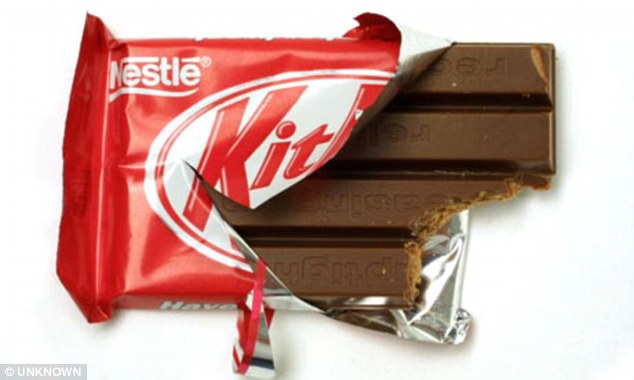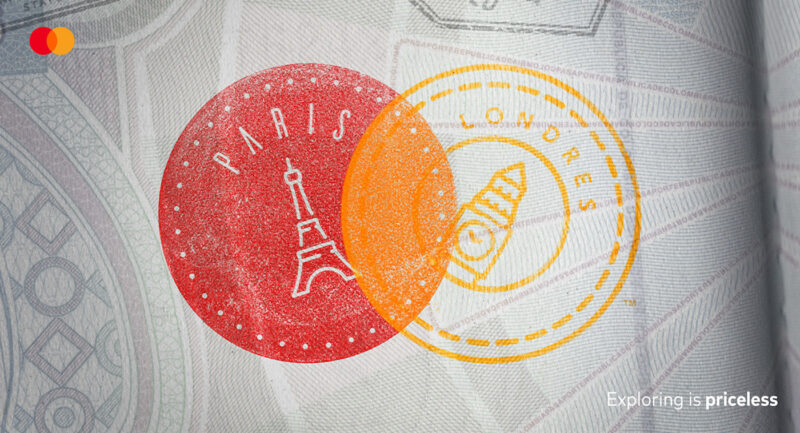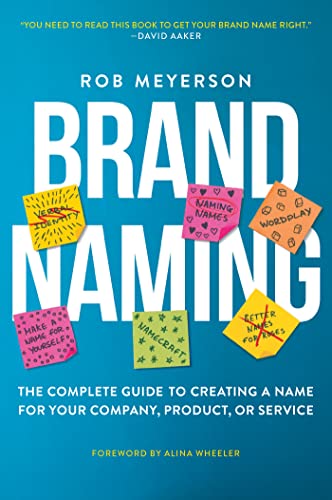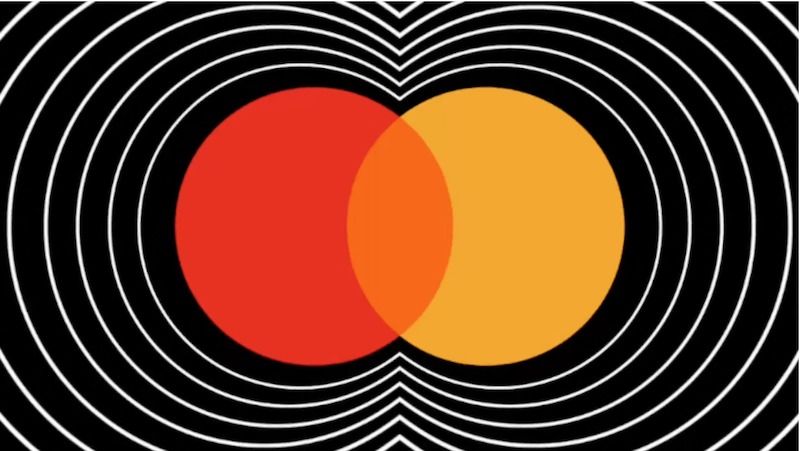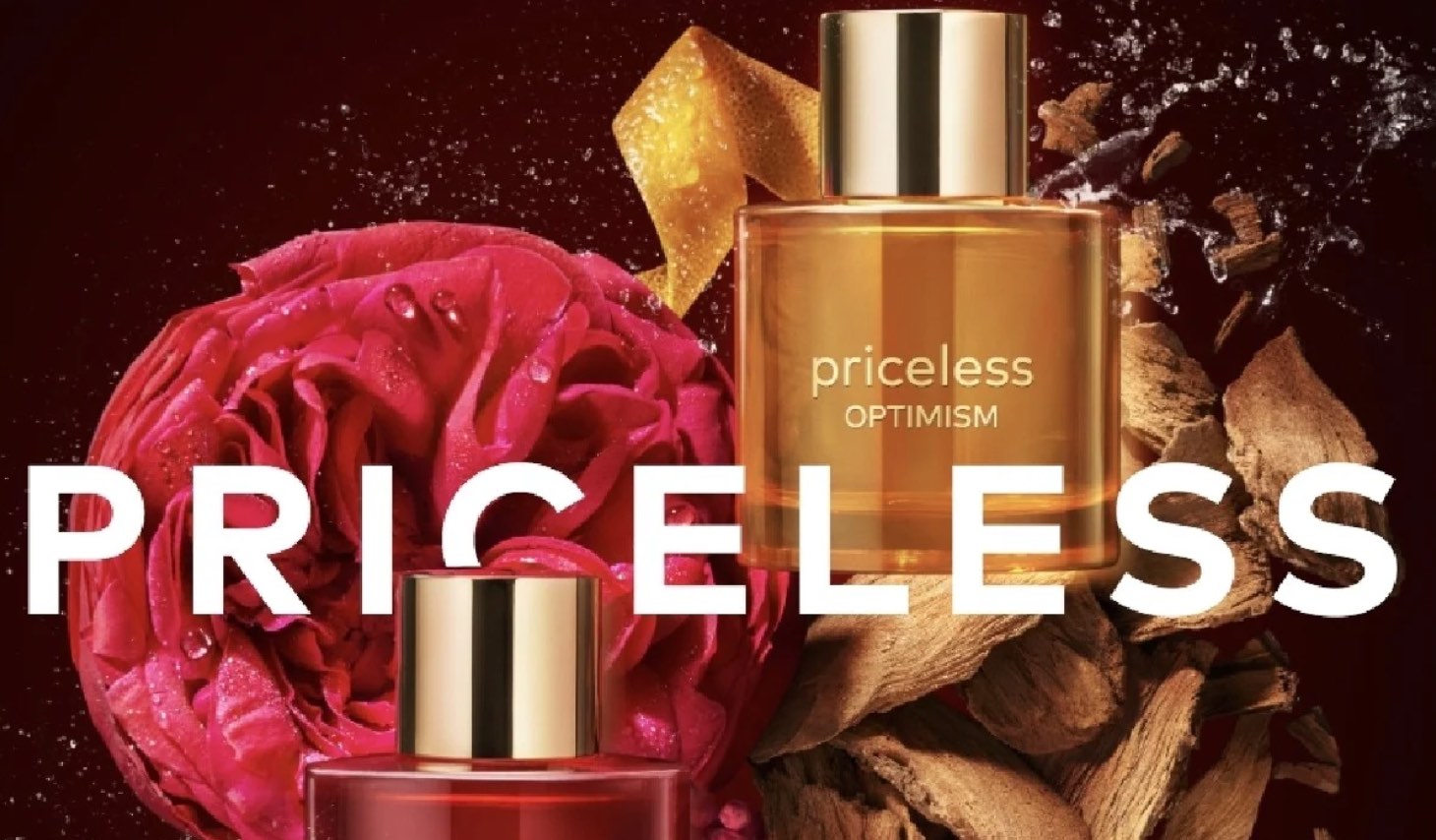In a recent article on Louboutin’s trademark red (click here for more), I may have jumped the gun in mentioning Nestlé’s KitKat and it’s familiar four-fingered shape. Yesterday, the European Court of Justice threw out an appeal by Nestlé arguing that it owns the shape.
They found that a previous court had been right to annul a decision from Europe’s trademark group, and that could bring an end to KitKat’s protected status in Europe. It also takes the pressure off other brands with a similar shape, like Kvikk Lunsj (quick lunch) which has been around for 80 years in Norway (only two years less than KitKat).
In fact, Kvikk Lunsj was one of the reasons for the rejection, as the European Court argued that the shape needed to be unique and distinctive in all European countries, and it clearly isn’t in Norway. In previous cases in other courts, Nestlé had been unable to provide evidence that people recognized the shape in several countries (for example, Belgium, Ireland, Greece and Portugal).
The result is that it might not be enough just to prove that a brand asset is iconic, unless this is true across almost all of Europe.
In related chocolate news, Mondelez have decided to go back to Toblerone’s original shape (see our article on “A gap in the Toblerone brand” here). One of the reasons was that Poundland (a British low-cost retailer) introduced an off-brand version of the chocolate, arguing that if Toblerone had changed its shape anyway, they could not infringe any copyright. Poundland and Mondelez recently settled out of court).
All in all, having an iconic brand asset, be it shape or colour or another feature, has incredible value for brands, and value that is worth defending. What iconic brand assets does your brand own?
If you want to learn more about developing a sensory signature, please get in touch.


